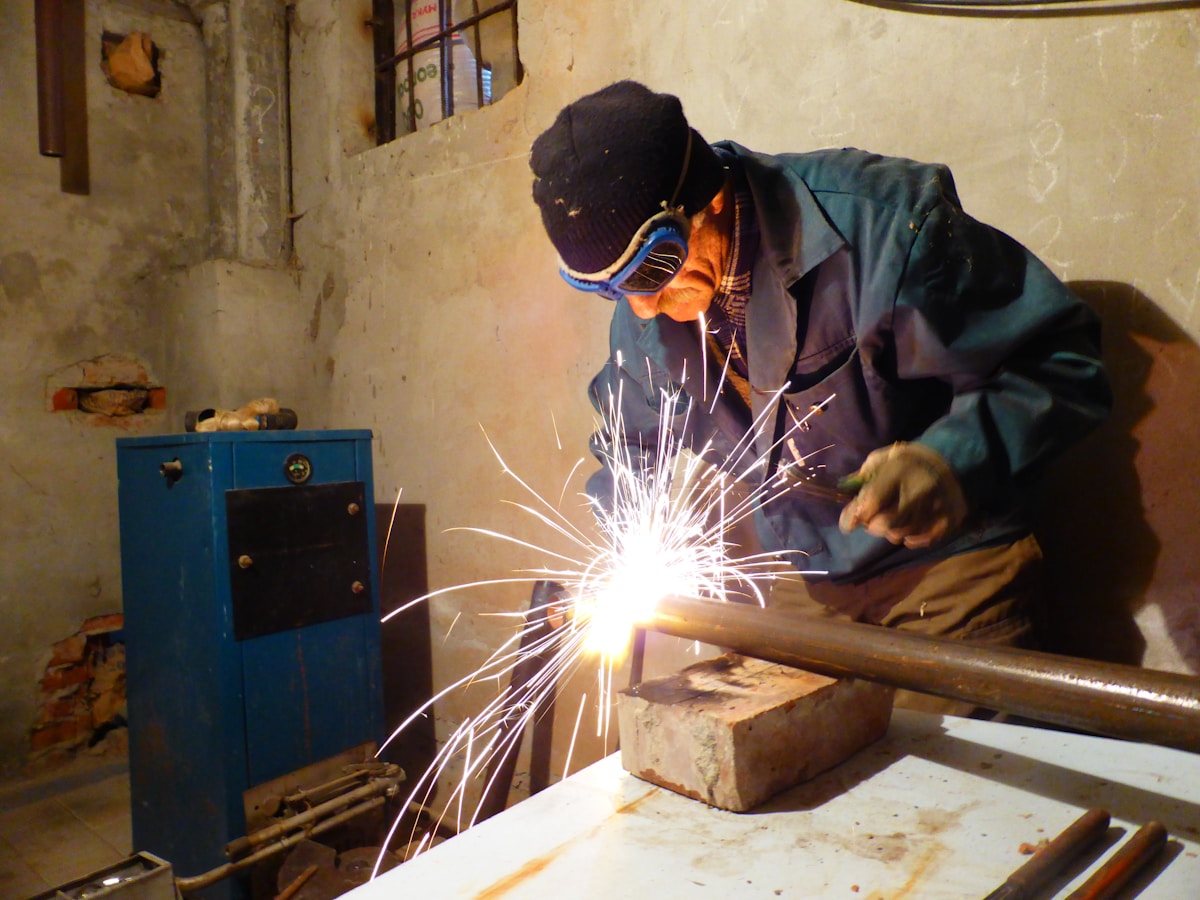Rising Labor Cost and Shrinking Labor Force Stagger the Corporate America
West Rome, Georgia has seen a shortage of labor and their local McDonald's is in desperate need of staff. The fast food restaurant has offered to start paying $31 per hour for new employees – a figure that only a few years ago was greater than what bank tellers and nurses made.
In fact, this labor shortage has followed similar trends seen in the trucking industry, where new hires are looking at starting pay of between $2k and $3k a week – sums that top doctor’s annual salaries.

But, as more people sit on the sidelines and collect government checks or opt-out of working entirely because of their savings, corporate America is in a hiring bind.
According to the data from the U.S. Bureau of Labor Statistics (Figure 1), the unit labor cost in the nonfarm business sector has been steadily increasing over the past 30 years.
The significant dip in the labor cost caused by the COVID-19 pandemic has already recovered and is almost at pre-pandemic values.

In the second quarter of 2021, wages and salaries rose 0.9% as compared to a 1% rise in the first quarter of 2021. This reflects a 3.2% year-over-year increase in Q2-2021.
Figure 1
Corporate America is still in a severe scarcity of workforce which could be due to the high cost of labor. As of the end of April 2021, unemployment was 8.4 million jobs above its lowest level in February 2020 (Figure 2).
Figure 2
Following the overall rising labor costs and worker shortage, the truck transportation industry has been heavily affected. The industry lost 6% of its labor force from the pre-COVID pandemic period, falling from 1.52 million workers below 1.44 million (Figure 3). The truck transportation industry has recovered a significant portion of the labor force as of the end of Q2-2021.
Nevertheless, the current numbers are nothing compared to the pre-pandemic figures and still have a staggering impact on the industry.
Figure 3

Eric Fuller, the CEO of U.S. Xpress, has stated that the company has increased the total pay by 30-35% over the past 12 months and expects an increase of another 20-30% would be necessary in the future.
According to Jerome Powell, Federal Reserve Chair, worker shortage can be attributed to schools being closed, which forces people to stay home and take care of their children. If Powell is correct in identifying the underlying reason behind worker shortage, then the issue should be expected to persist until the COVID-19 pandemic is over.
Written by Lika Mikhelashvili
Edited by Vivian Fang & Kate Bancroft

References: